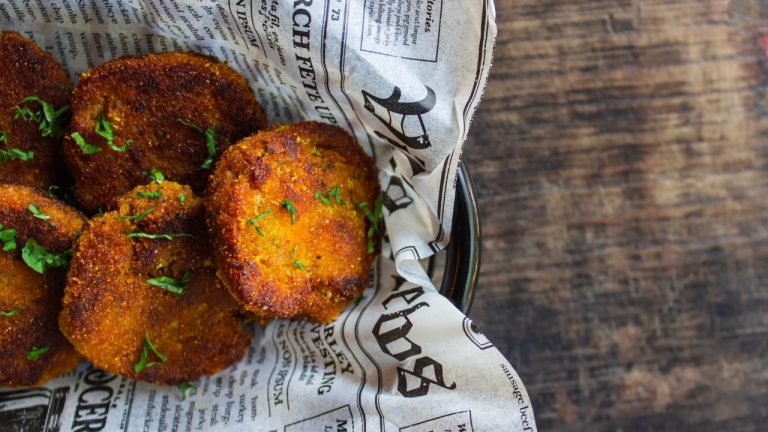Why is the Cost of Food Stuff Increasing?

The cost of foodstuff can increase due to a variety of factors, including:
Supply and demand: When demand for a particular food item is high and the supply is low, the price will increase.
Weather and climate: Natural disasters, droughts, floods, and other extreme weather events can affect crop yields, resulting in a lower supply of certain foods and an increase in price.
Transportation and distribution costs: The cost of transporting food from one place to another can increase due to fuel prices, labor costs, or other factors, leading to higher prices for consumers.
Government policies: Government policies such as tariffs, trade agreements, and regulations can affect the price of food items.
Currency exchange rates: Fluctuations in currency exchange rates can make it more expensive to import or export food items, leading to higher prices for consumers.
Global events: Global events such as pandemics, political unrest, or trade disputes can disrupt supply chains and lead to higher prices for certain foods.
It is important to note that the cost of foodstuffs can vary depending on the region or country, and different factors may be more influential in certain areas.



